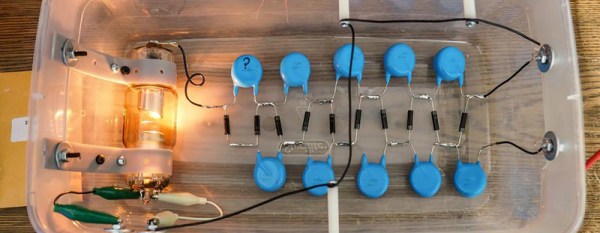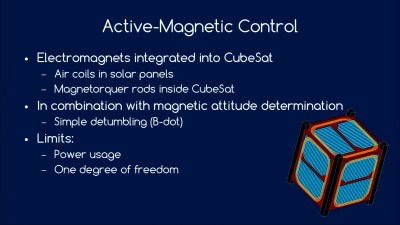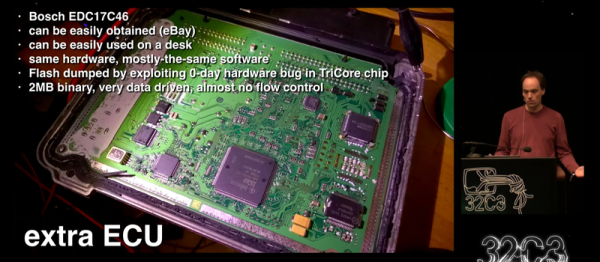[Matt] has a background in radiation, electronics, and physics, which means building a device to generate X-rays was only a matter of time. It’s something not everyone should attempt, and [Matt] discourages anyone from attempting anything like this, but if you’re looking for a project with a ‘because it’s there’ flair to it, building your own X-ray machine can be a fun and rewarding project.
Despite being scary and mysterious, X-rays are a rather old technology that date back to some of the first purposeful experiments in electronics. Most X-ray devices today are built around the same parts they were 100 years ago, namely, a Coolidge tube. Apply a high enough voltage to the Coolidge tube and electrons whizz from cathode to anode, and slam into a heavy metal target. This produces Bremsstrahlung radiation – breakingbraking X-rays – that can be directed to film or an X-ray intensifier screen that fluoresces in visible light when being struck by X-rays.
Aside from a cheap Coolidge tube, [Matt] constructed the rest of his X-ray generator with a voltage multiplier made out of sufficiently derated Chinese caps, a flyback transformer, and a transformer driver originally made for induction heating applications. The electronics were installed in a Tupperware container and insulated with mineral oil.
Being able to generate X-rays is one thing, viewing them is another matter entirely. For this, [Matt] is using an old X-ray intensifier screen from the 60s or 70s. This screen fluoresces blue, not the easiest color to photograph in low-light settings, but enough to capture images of the inside of tools sitting around his workbench. Following in the footsteps of [Roentgen], [Matt] also took an X-ray image of his hand. This is something he doesn’t recommend, and something he won’t do again, but it is a very cool example of what you can do with sufficient knowledge and respect for what can kill you.



















